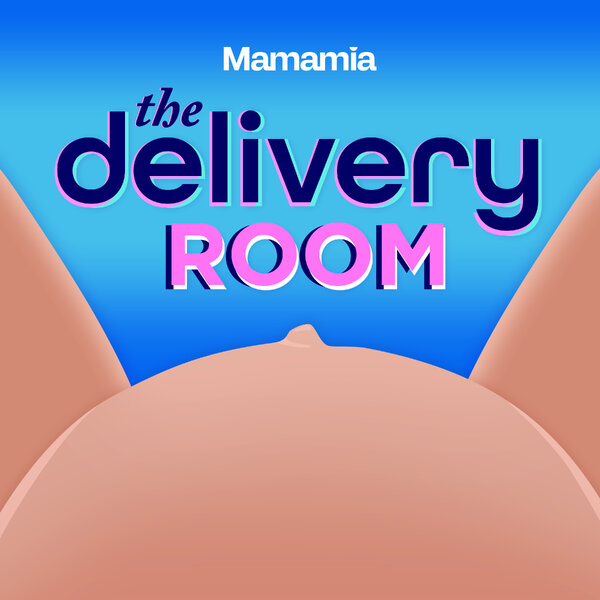I’m currently eight months pregnant with my third child and everything’s going great except for a little problem that’s decided to rear its ugly head again. Yep, that’s right haemorrhoids.
The pressure of the baby weight on my nether regions is getting too much and so now my backside is taking the brunt. Charming isn’t it? Just one of the many perks of motherhood that I’m no stranger to (I’ve written about post-birth ‘roid rage’ and parenthood surprises before).
Super embarrassing, it’s no wonder no one wants to talk about haemorrhoids (also known as piles). Yet, 20-50% of all pregnant women will get them, along with around half of the general male and female population by age 50. Yippee! Being a human is fun.
Watch: The pregnancy questions you were too afraid to ask. Post continues after video…
If you’ve never had them before then you’re probably pretty clueless about what the hell they are. I’ll tell you from experience – they suck. Luckily, there are things you can do to prevent and treat them though. Let me answer all your questions with a roid rundown:
So, what are they exactly?
Haemorrhoids are enlarged blood vessels in the rectum or anus, a bit like varicose veins. There are three different types: internal – painless with some bleeding; external – skin lumps around the anus that are usually painless; and prolapsed – very painful, sensitive swollen veins that hang out of the anus as lumps and often bleed. Ouch indeed.
How common are they?

